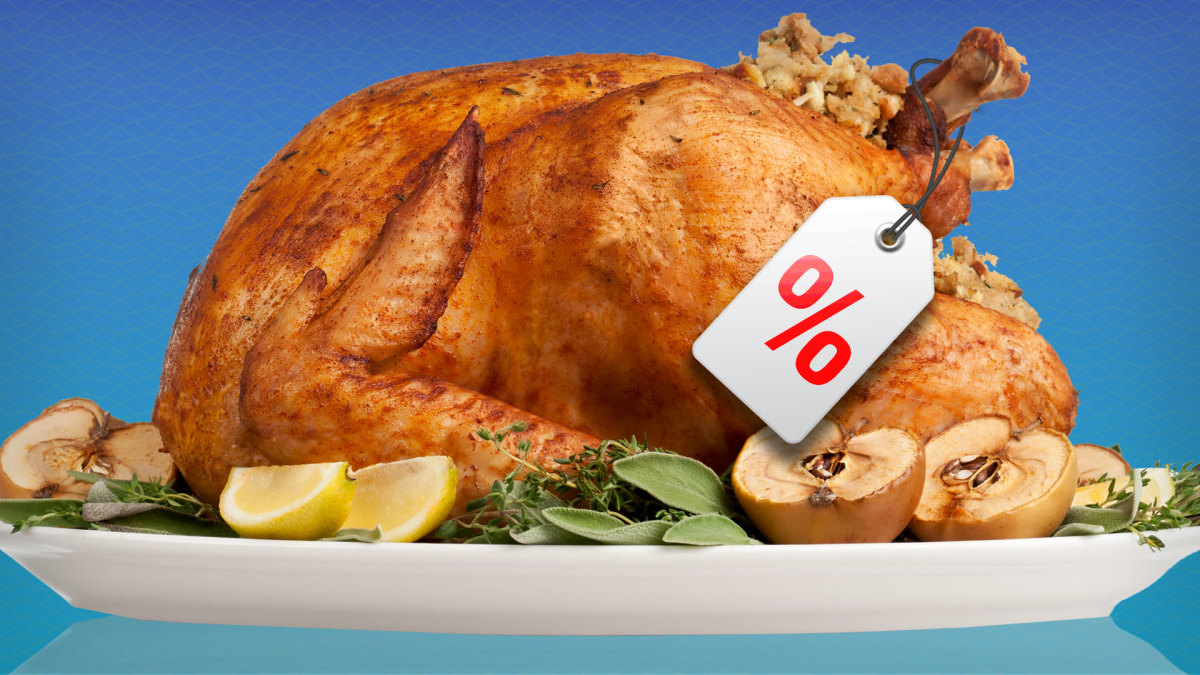
Consumers won’t be too happy at the checkout line in grocery stores while shopping for Thanksgiving staples despite a drop in inflation and turkey prices. Thanksgiving dinner is set to be more expensive this year than it was last year, according to a new report from the Wells Fargo Agri-Food Institute.
“Despite food-at-home inflation slowing to 2.4% since last October, this year’s celebration will not be less expensive,” the report stated. “That’s because there are record price spreads between the wholesale price supermarkets pay versus the retail prices consumers pay – and the difference is impacting some of the most popular holiday dishes, including turkey and ham.”
Even though the price for turkeys will drop 9% this year, the price for ham was marked in September to be up by 5.2% compared to the same time last year. The reason for the high ham prices this year are due to limited expansion from hog producers in the Midwest who raise 87% of the hogs in the nation.
Related: McDonald's CEO explains why the company benefits from a 'difficult' economy
Also, if you are planning on incorporating cranberries into any of your Thanksgiving dishes this year, you may want to consider using fresh cranberries instead of the ones that come in a can. Fresh cranberries this year are 20% less expensive than they were last year, with canned cranberries being 60% more expensive than they were in 2022.
Potatoes this year also aren’t safe from price hikes this Thanksgiving season. Sweet potatoes are 4% more expensive this year than they were last year, and russet potatoes are facing prices that are 14% higher than they were the previous year.
The report also found that canned pumpkin is 30% higher this year from last year and canned green beans are up about 9%.
Some of the reasons for the higher prices for produce this year include high labor and food production costs, with food production costs estimated to increase by 4.1% this year. Also, extreme weather in the western hemisphere of the U.S. that have caused wildfires and droughts have negatively impacted crops which is also driving up prices. Also, the war in Ukraine has had an impact on the exportation of wheat and corn.
Despite the higher prices for food, consumers may see more discounts in grocery stores to help lessen the blow to their wallets.
“With most food manufacturers operating at full speed based on employment growth and automation, there will be intense pressure on retailers to pass along savings to consumers in the bid for consumer shopping dollars,” the report stated.







